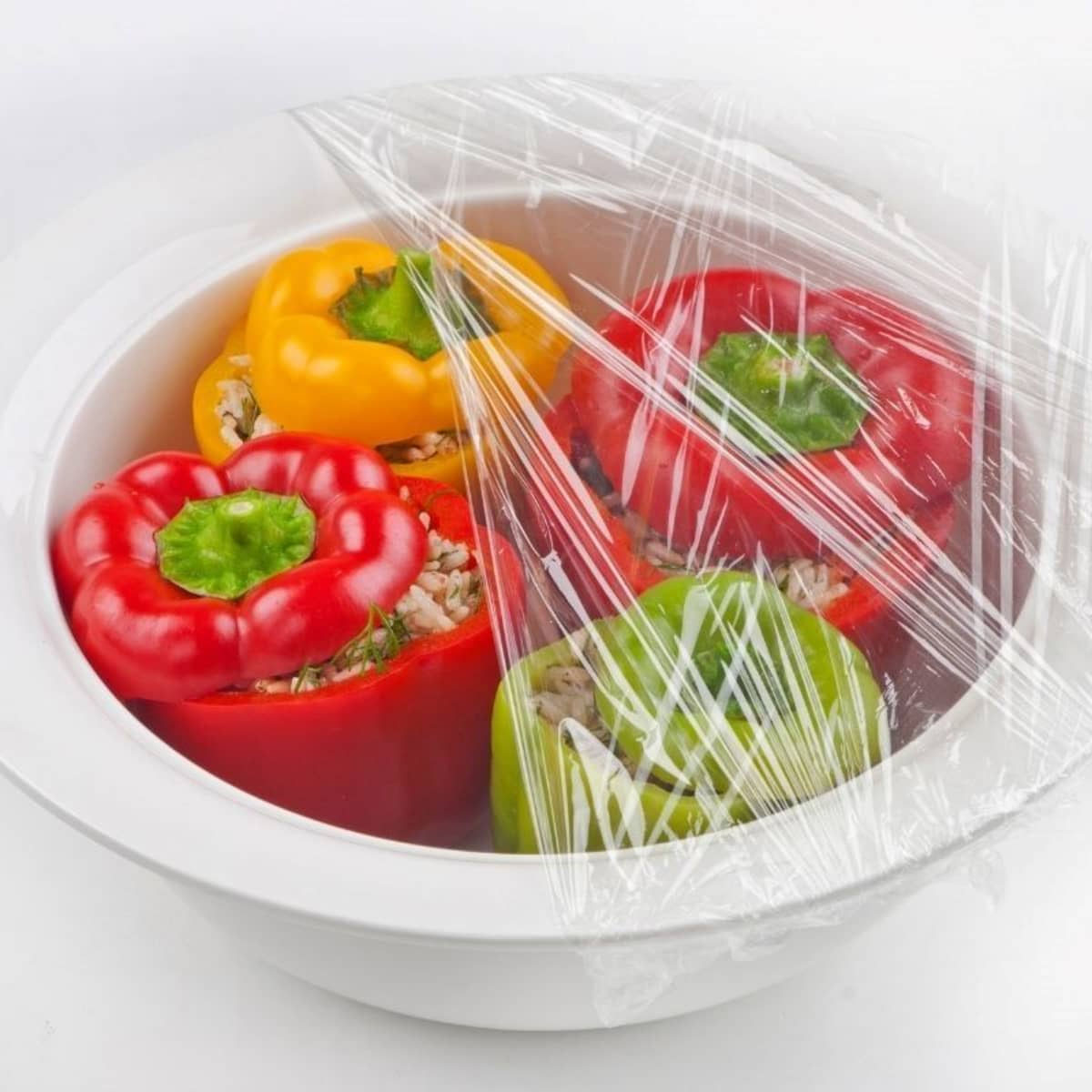- since 1985 -
- since 1985 -
Bubble film machine (Air Bubble Film Machine) specializes in producing bubble film. Many people will confuse stretch film and cling film. In fact, cling film is a kind of stretch film, but because it doesn't need such high self-adhesive performance as wrapping film, therefore, the use of polyisobutylene will be less, polyisobutylene is mainly used to increase the flexibility and self-adhesive of the product. Wrap film has a greater degree of stretch than cling film, and its stretch ratio can reach 300%-500%. Meanwhile, cling film is sticky to the items, while wrap film is self-adhesive, which is related to the amount of polyisobutylene used.

Cling film is a plastic film product that is widely used in food packaging and preservation and is in considerable demand in the market.
Below are some key information and trends regarding the cling film market:
Cling film is mainly used for packaging and preserving food products such as meat, vegetables, fruits, cooked food, bread, dairy products and frozen food. The market demand for cling film is growing as the demand for convenient food and takeaways increases.
The market demand for biodegradable and environmentally friendly cling film is increasing with the growing awareness of sustainability and environmental protection. Biodegradable and recyclable cling film is becoming increasingly popular.
Cling film manufacturers continue to innovate and introduce products with different functionalities. This includes cling film with properties such as antimicrobial properties, anti-fogging, tear resistance, and microwave heating suitability.
Supermarkets and retailers often use cling film to package food to extend its shelf life and ensure freshness. Therefore, the demand for cling film in the retail packaging field is also very large.
Cling film is also widely used in households. People use cling film to wrap unconsumed food to avoid wastage and put it in the refrigerator or freezer. This is an important segment of the cling film market.
The cling film market is global in nature and the demand for food packaging in various countries and regions is driving the growth of the market. Asia, North America and Europe are the major regions in the cling film market.
Overall, the cling film market plays an important role in the food packaging and preservation sector and the market demand is growing steadily. The cling film market is also evolving with innovations in sustainability and functionality. In the future, the market is expected to continue to be driven by the food industry and consumer demand, especially in terms of sustainability and environmental friendliness.
The process of making it involves the extrusion method (extrusion) and the subsequent steps of rolling, cutting and packaging.
The following is a typical process for making cling film:
The main raw material required for manufacturing cling film is polyethylene (PE) resin. Depending on the properties and characteristics required, different types of polyethylene can be used, such as low density polyethylene (LDPE), linear low density polyethylene (LLDPE) or high density polyethylene (HDPE). These resins are usually supplied in the form of pellets or granules.
The raw material pellets are heated and melted, then extruded through an extruder to form a continuous layer of molten film. This film has the desired width and thickness. During the extrusion process, different additives such as antioxidants, anti-UV agents, colour and anti-slip agents can be added to improve the properties and appearance of the film.
After extrusion, the molten film is cooled and cured by a series of cooling rollers or air streams. This process helps to bring down the temperature of the film so that it becomes hard and has the desired properties.
The cooled cling film is rolled onto a reel. Typically, it is wound into large rolls, often called "master rolls". These master rolls can be very wide and long to suit different packaging machines and needs.
Depending on the customer's requirements and product specifications, the master rolls of cling film can be cut into smaller rolls of the required width using cutting equipment. These small rolls can then be packed in appropriate packaging materials to ensure that the cling film remains clean and maintains its performance during storage and transport.
Quality control checks are usually carried out during the manufacturing process to ensure that the quality of the film meets the requirements. This includes checking the film's thickness, uniformity, transparency, strength and other performance parameters.
The details of the entire process may vary from manufacturer to manufacturer and equipment to equipment, but the above steps cover the typical process of making cling film. The aim of this process is to produce a high quality, hygienic, safe and functional cling film product to ensure that food products remain fresh and hygienic after packaging.